What is a Distributed Storage System
Scalegrid
FEBRUARY 8, 2024
A distributed storage system is foundational in today’s data-driven landscape, ensuring data spread over multiple servers is reliable, accessible, and manageable. Understanding distributed storage is imperative as data volumes and the need for robust storage solutions rise.



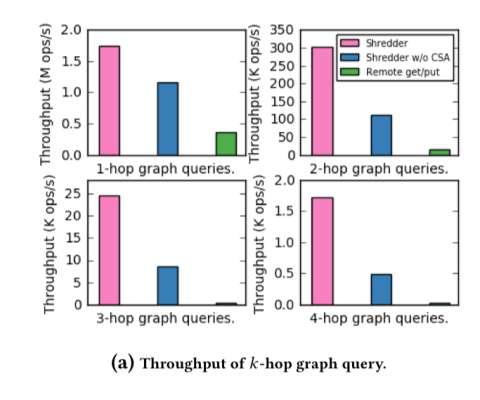
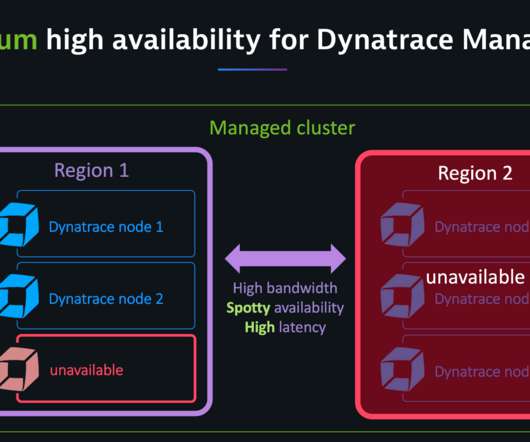










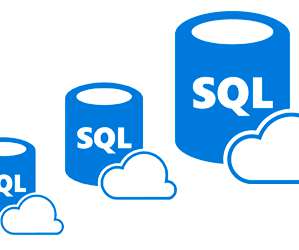






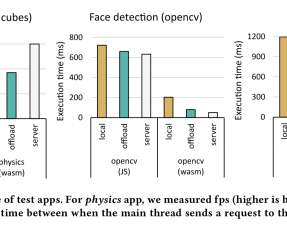


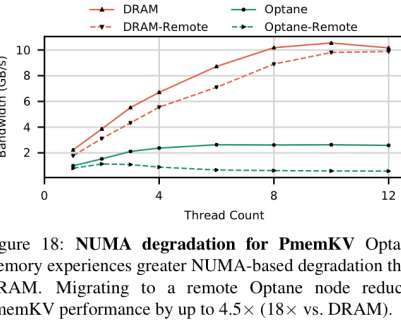





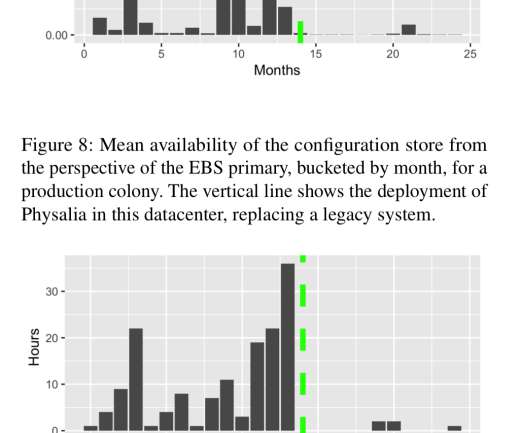

















Let's personalize your content